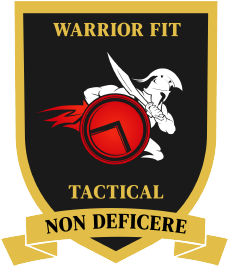We each all have our own distractions that keep us from staying on track in the weight room. The last thing we need, on top of life in general, are injuries to stop our progress in the gym. Our bodies can be pushed hard but at some point we may push them too far and cause serious injury.
Back Injuries – Back issues can be extremely detrimental and linger for long periods of time, hindering our ability to not only lift but complete everyday functions. These injuries can include:
- Back Spasms
- Herniated Disk
- Lumbar Muscle Strain
Back injuries can often be prevented by correct form and proper technique on your lifts. Stretching is another vital key to help aid the back muscles from becoming inflamed or torn. You may also use the help of tools such as weight belts to stabilize muscles during lifts such as squats, dead lifts and power cleans.
Knee and Leg Injuries – Lower body injuries can prevent you from not only getting your workout in but performing the simplest of task such as walking. Exercises like running on the treadmill, squats and lunges can be very taxing on knee joints, muscles, and ligaments. Injuries to the knee and leg can include:
- ACL and PCL tears
- Meniscus tears
- Hyperextension and dislocation
Just as most injuries in the weight room, a good prevention method usually starts and ends with stretching. Taking time before and after both lifting and running to stretch the muscles will help keep your body safe and allow you to stay in the gym and on track. You can also add knee braces, wraps or sleeves to aid in the prevention process.
Shoulder Injuries – Shoulder injuries are becoming more and more common as lifters begin to push themselves through tougher, more extreme workouts. We try to pack more weight on than our bodies are ready for and can end up doing some major damage. Similar to the knee joint, exercises involving the shoulder can put lots of strain on our muscles and ligaments in the shoulder capsule. Shoulder injuries can include:
- Rotator Cuff Tears
- Joint dislocation
We often take for granted how hard everyday task can be because most of the time we have a fully functioning body. Imagine having to perform things you do every day with only one arm. The most productive form of prevention on shoulder injuries is listen to your body and know your limits. Most injuries to the shoulder come from pushing weight that may be too much for us at that current time and our bodies being forced into directions they are not meant to go. Tears and dislocations can occur when our joints and muscles go past their natural capabilities. Along with being smart, proper form is very important when keeping your shoulders healthy.

